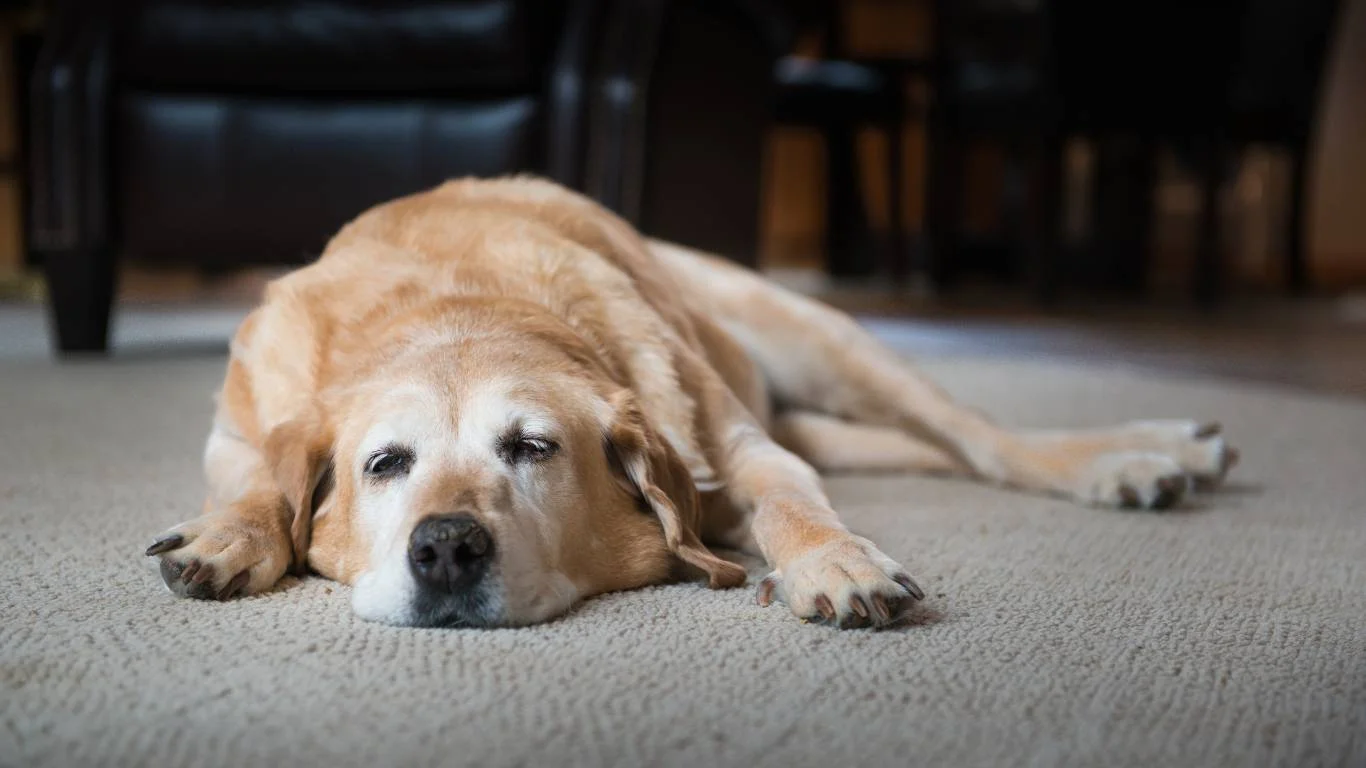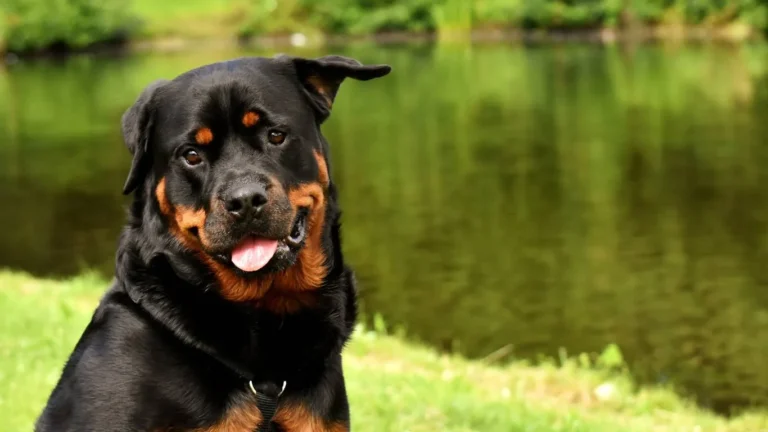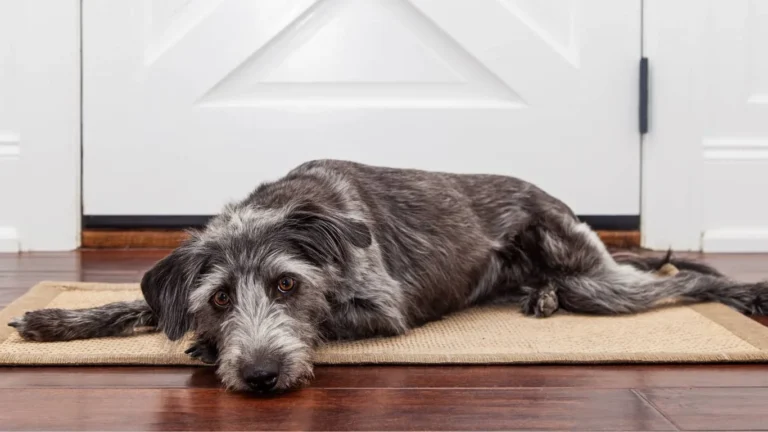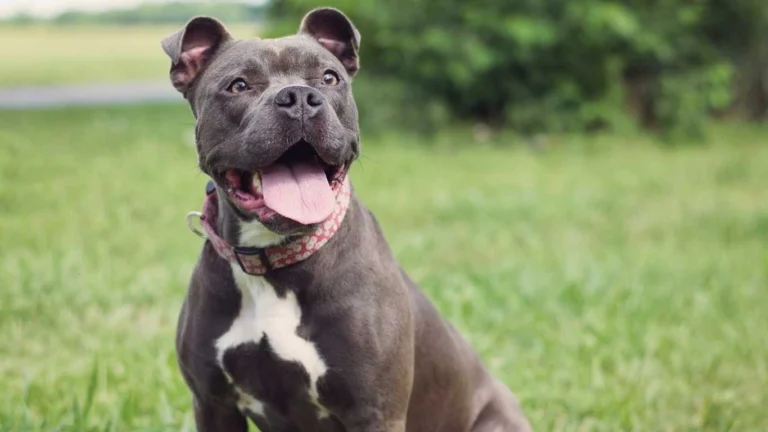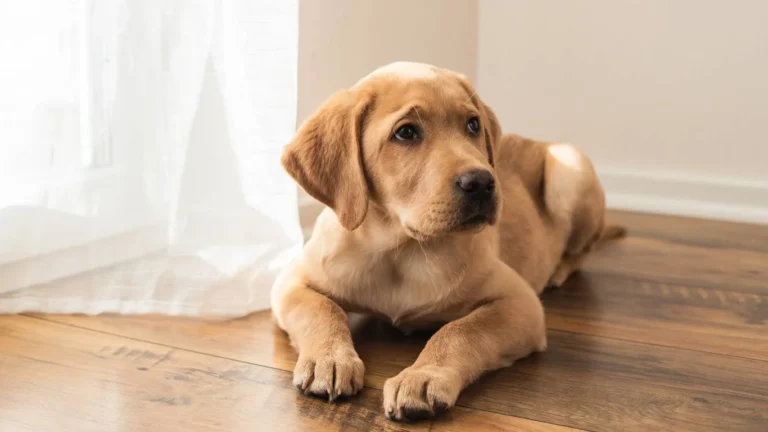What to Do If Your Dog’s Toenail Falls Off: Urgent Recovery Tips
So, here’s the deal—last summer I had a client come in, absolutely panicked because her dog’s toenail had just *popped off* after a play session at the dog park. If you’ve ever asked yourself what to do if your dog’s toenail falls off, trust me, you’re not alone. It’s more common than most pet parents think, and yeah, it can look pretty gnarly (and painful). Working as a Veterinary Assistant with a focus in nutrition, I’ve seen this plenty of times, and it never fails to make pet owners squirm a little. The good news? Most of the time, it’s not as serious as it looks—*if* you know what to do next. Let’s break it all down.
How It Happens: Common Causes of Toenail Injuries in Dogs
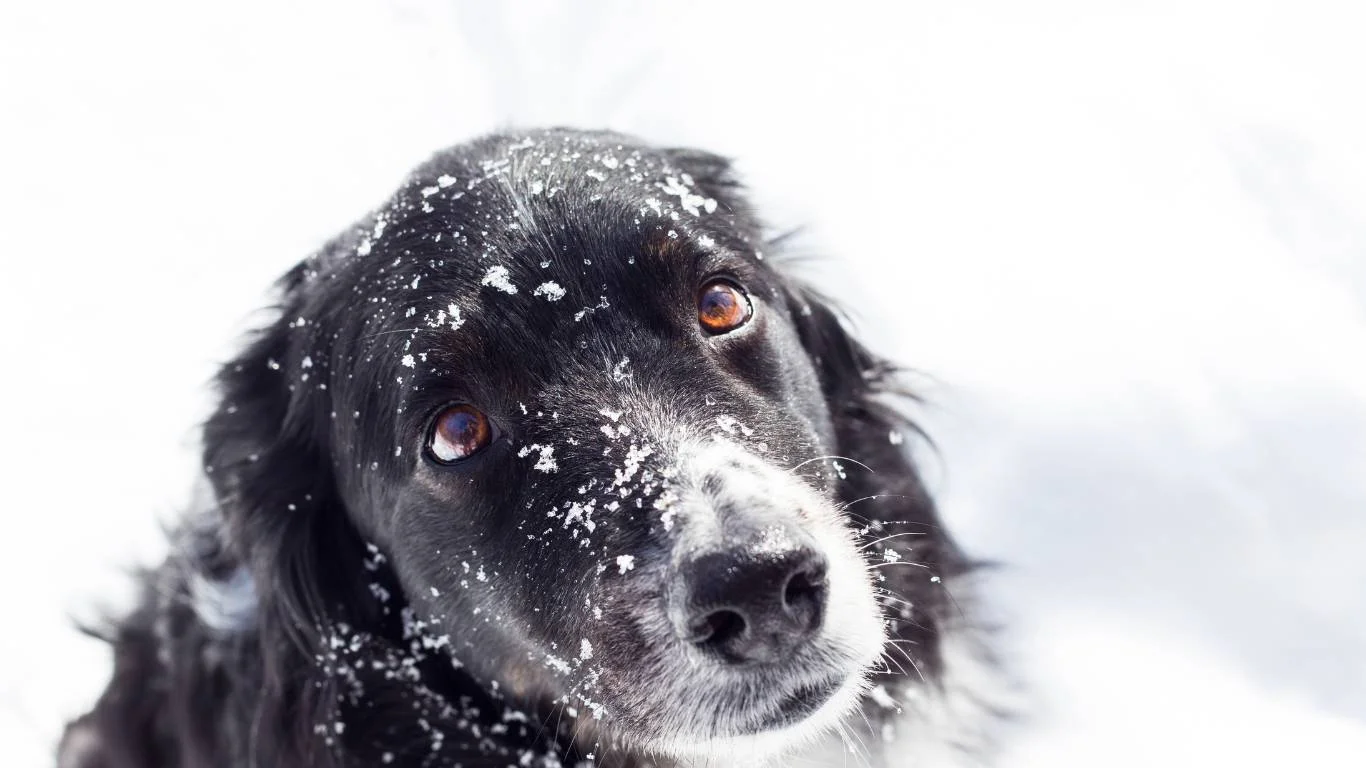
Dogs are clumsy little creatures sometimes, especially when they’re excited, zooming around, or hiking with you over rough terrain. That’s when I see toenail injuries the most—after a sprint, a hike, or even just a fast turn on hardwood floors.
Here’s what usually causes it:
- Overgrown nails: These are basically accidents waiting to happen. They can catch on fabric, grass, even pavement.
- Rough play: Wrestling matches with other pups or high-energy zoomies can result in bent or torn nails.
- Hard landings: Jumping off furniture or stairs and landing the wrong way can put pressure on the nails.
- Underlying health issues: Dogs with weak nail beds due to poor diet or certain conditions might lose nails more easily.
One time, a golden retriever named Bailey came in because her nail got snagged while jumping off the back of a truck. She had a clean break at the base—super painful, but treatable. Her owner had no idea toenails could just *fall off*. Honestly, a lot of people don’t.
First Things First: Immediate Steps When a Nail Falls Off
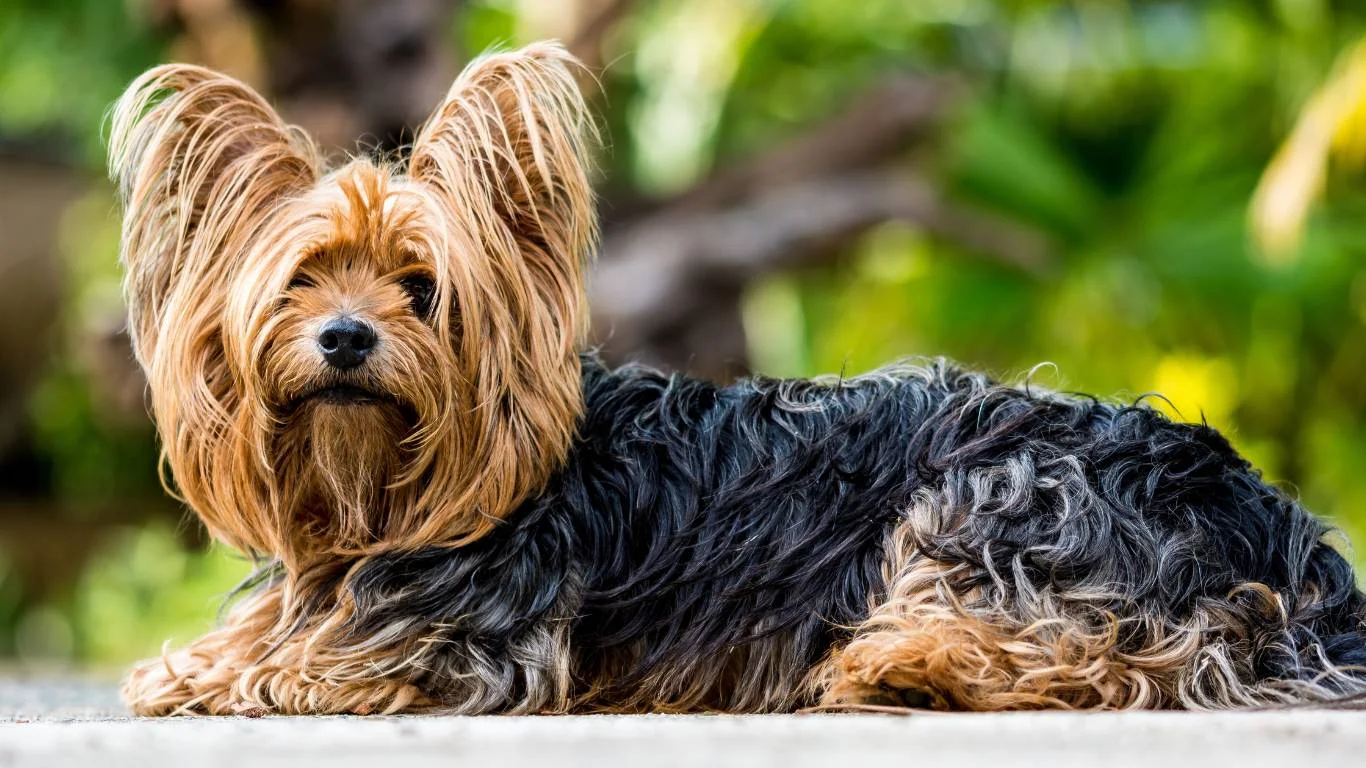
If you catch your pup limping, licking at their paw, or worse, leaving little drops of blood on your floor—it’s time to act. Here’s exactly what I tell pet owners in the clinic (and what I’ve done for my own pup):
Step-by-Step First Aid for a Lost Toenail:
- Stay calm. Your dog is already freaking out—don’t add to the chaos.
- Inspect the paw. If the nail is still partially attached and dangling, don’t yank it. That’s a vet’s job. If it’s fully off, look for any bleeding or debris.
- Stop the bleeding. Apply gentle pressure with a clean cloth or gauze. Styptic powder (or even cornstarch) can help clot the blood.
- Clean the area. Use saline or diluted antiseptic. Don’t overdo it with hydrogen peroxide—it can irritate the skin.
- Bandage it lightly. Just enough to protect the area. Don’t wrap it too tight—dogs hate that, and it cuts off circulation.
- Call your vet. Even if it looks okay, you should check in. There could be splintered nail fragments or an infection brewing.
And yep, I’ve done all of this in the back of a car with a golden retriever on my lap, bleeding all over my jeans. Be prepared—it’s messy but manageable.
When It’s More Than Just a Nail
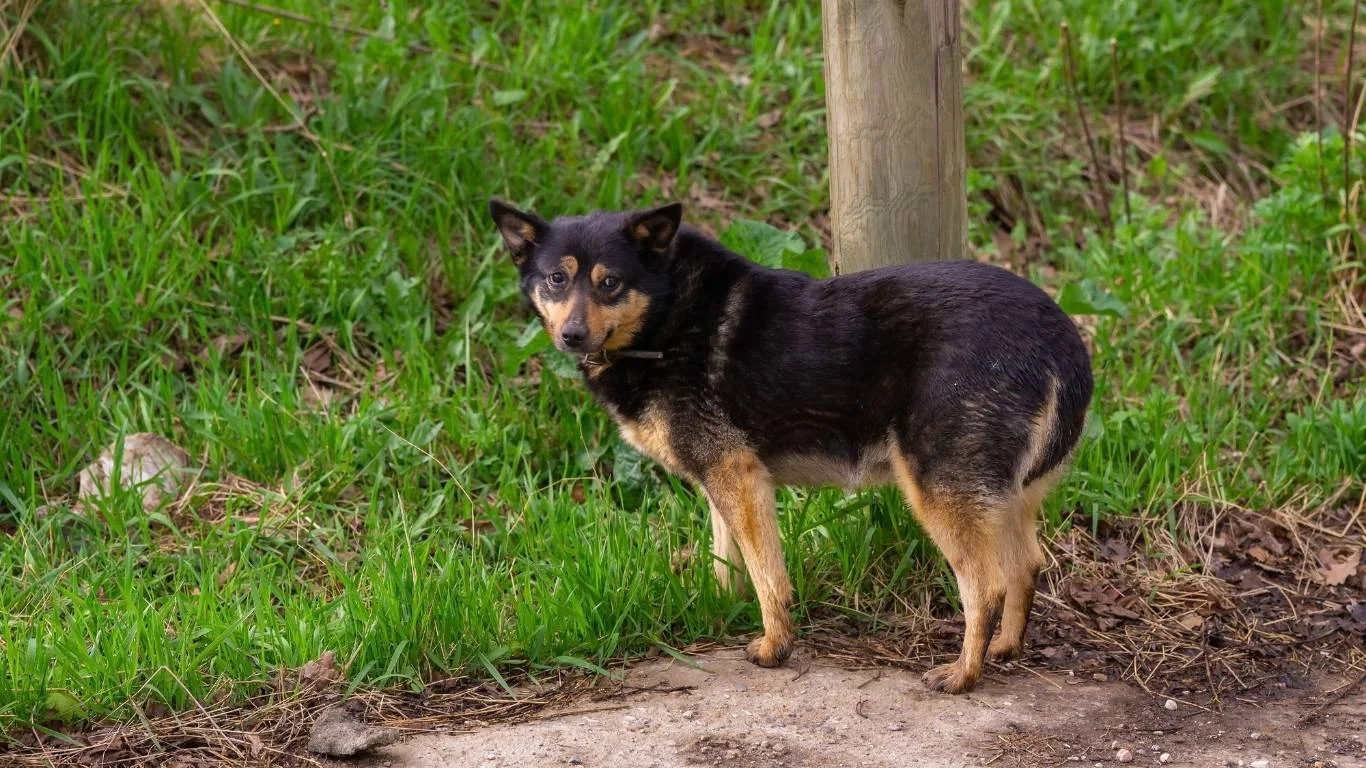
Now here’s the thing—not every lost nail is a simple boo-boo. Sometimes there’s more going on underneath. And as someone who’s worked with both holistic pet nutrition and traditional vet care, I can’t stress enough how nutrition plays a sneaky role in this.
Watch for These Warning Signs:
- Swelling, pus, or a bad smell: That’s infection territory—get to the vet ASAP.
- Limping that doesn’t improve: Could be deeper tissue trauma or even a broken toe.
- Multiple nails falling off: Yep, that’s a red flag. Think autoimmune issues or serious dietary deficiencies.
Dogs need a balanced diet to keep their nails strong—just like us with our hair and nails. I’ve seen pups on poor-quality kibble lose nails more easily than those eating high-quality, protein-rich diets with added biotin and omega fatty acids. It’s not magic—it’s science and real-world results.
Why You Shouldn’t Ignore a Lost Nail
Here’s the part where a lot of owners make the “wait and see” mistake. Look, I get it—vet visits aren’t cheap. But ignoring a lost nail can lead to way bigger issues, like bacterial infections that travel up the leg, or nails growing back in crooked (which hurts every time your pup walks).
One pup, a mini schnauzer named Louie, came in weeks after a nail fell off and grew back sideways into his paw pad. Ouch. It was a minor issue at first, but because it got ignored, he needed surgery to correct it. Lesson learned the hard way.
Aftercare Matters: Helping Your Dog Heal Safely
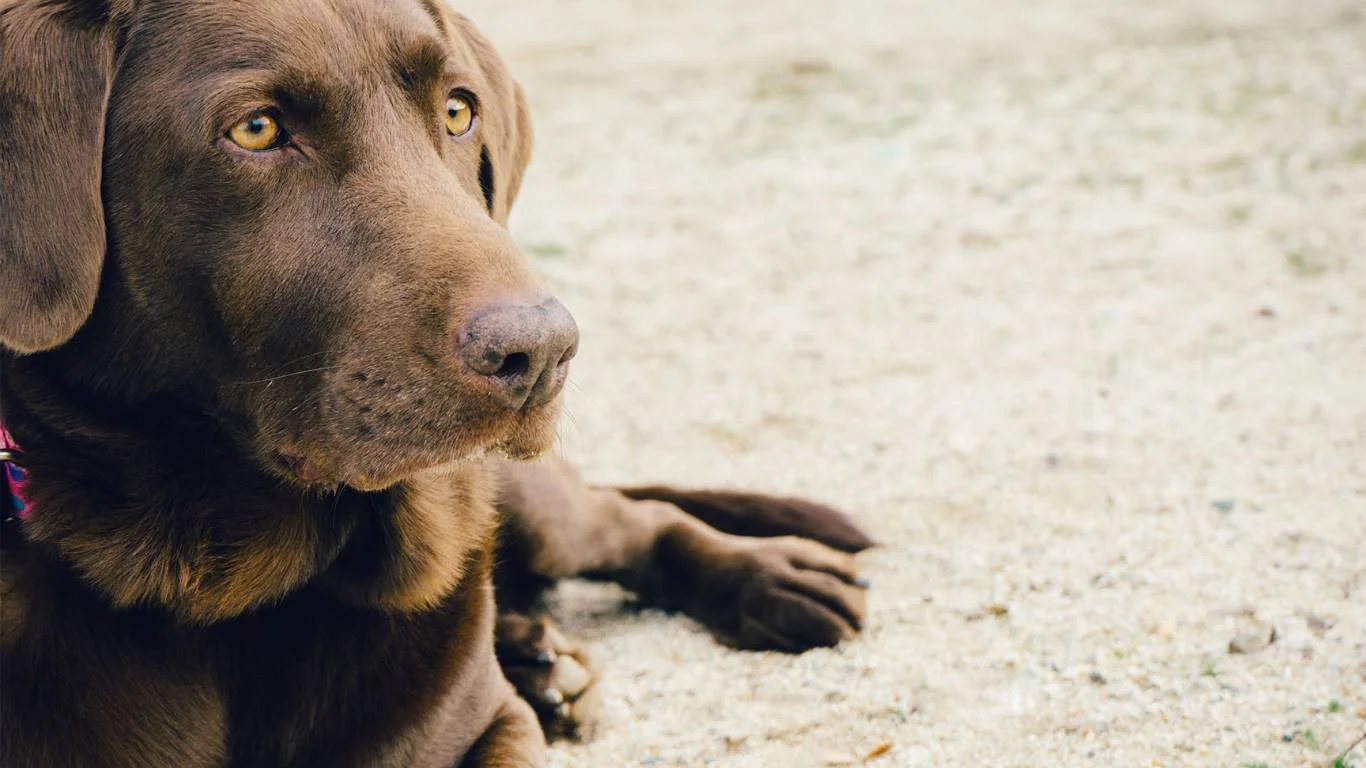
Once the immediate panic settles and the bleeding stops, the next question I usually get is, “Okay, but now what?” That healing phase can take a little time, and trust me—it’s where your attention really counts. Just like a scraped knee needs TLC, so does your pup’s paw. In my experience, most infections happen after the nail falls off, not during the initial injury.
One time, I was helping a senior shepherd mix recover from a lost toenail. His owner was so sweet but missed the signs of irritation because she assumed he was “just licking.” Turns out, the nail bed got infected because the area stayed damp and wasn’t bandaged consistently. A few simple changes would’ve made all the difference.
Tips for Faster, Safer Recovery:
- Keep it clean and dry: Check it daily for signs of moisture, dirt, or debris. A quick rinse with saline goes a long way.
- Change bandages regularly: Every 24 hours is a good rule unless your vet says otherwise. Don’t reuse gauze—start fresh each time.
- Use an e-collar (cone): Yep, the dreaded cone of shame. It’s annoying, but it saves you from bigger problems.
- Limit outdoor time: Wet grass, dirt trails, and muddy backyards? Not your friend right now. Short, supervised potty breaks only.
- Watch their mood: If your dog’s suddenly withdrawn, grumpy, or not eating, they might be in pain or brewing an infection.
And don’t forget—you can always call your vet if something seems off. Better to catch things early than to wait and wish you had.
Will the Nail Grow Back? Here’s What to Expect

Another question I hear a lot: “Will the toenail grow back?” The answer is… usually, yes. But there are a few caveats based on where the nail broke and your dog’s overall health.
If it broke at the base (quick):
This is where it gets tricky. The “quick” is like the root of the nail—if that part gets damaged, regrowth might be slow or abnormal. Some dogs never grow that nail back fully. I had a client with a boxer who lost a dewclaw that just never returned. It didn’t affect her at all, but it’s good to set expectations.
If the quick is intact:
Good news—nail regrowth usually begins in a few weeks and becomes visible within a month or two. Full regrowth might take several months depending on your dog’s age, breed, and nutrition.
Nutrition note here (can’t help myself): Nails are made of keratin, so if your dog’s diet lacks protein or key nutrients like zinc, biotin, and omega-3s, it’s going to slow down the process. I often suggest a high-quality joint or skin supplement for regrowth support. Just make sure it’s vet-approved!
When to Head Back to the Vet (Don’t Wait It Out)

Some things just need a professional eye. As much as I love a good DIY fix, I’ve seen too many infections, abscesses, and even bone involvement (yep, it can get that serious) from folks who waited too long. If your dog’s toenail falls off and you see any of the signs below—make the call.
Red Flags You Shouldn’t Ignore:
- Swelling that gets worse: Minor inflammation is normal, but it shouldn’t keep increasing after day one or two.
- Foul odor: That usually means infection and possible pus under the nail bed.
- Persistent limping: Especially if it worsens or comes with whining or sensitivity to touch.
- Fever or lethargy: Whole-body signs like this may indicate the infection is spreading.
I once helped a rescue pup whose nail was ripped off during transport. No one noticed until his entire paw swelled and he started refusing food. A course of antibiotics cleared it up, but it was a close call. Don’t gamble with it.
Can You Prevent It from Happening Again?
Yes—and no. Accidents happen, especially with high-energy breeds. But you can absolutely lower the risk. Preventive care goes a long way when it comes to nail health. Here’s what I usually recommend (and do for my own dog):
Easy Prevention Tips:
- Regular nail trims: Once or twice a month depending on growth. Get your vet or groomer to show you the proper way if you’re nervous.
- Use a nail grinder: Less chance of splits or sharp edges that snag on fabric or carpets.
- Check paws often: Especially after walks or hikes. Catching a cracked nail early can save you a lot of hassle.
- Feed for nail health: Look for foods or supplements that support skin and nail strength—ask your vet for recs tailored to your dog’s breed and needs.
- Paw protection for rough terrain: Booties or paw wax can help on hikes, snow, or hot pavement.
Once you’ve seen your dog lose a nail, you’ll never forget it—it sticks with you. But it doesn’t have to be scary or overwhelming if you’ve got a plan. As a vet assistant, I’ve walked hundreds of pet parents through this exact issue, and the takeaway is always the same: knowledge and quick action make all the difference.
Behavioral Changes to Watch For After a Lost Nail

After dealing with the physical side of things, one area that’s easy to overlook—but super important—is behavior. I’ve seen dogs bounce right back after a nail injury like nothing happened. But others? They’ll sulk, limp dramatically for sympathy (yep, it’s a thing), or become unusually withdrawn.
One of the golden retrievers we saw recently became super clingy after losing his nail. He went from playful and goofy to stuck-to-his-owner’s-side 24/7. Sometimes it’s the pain talking, other times it’s stress. Dogs are sensitive creatures. Behavioral shifts can say a lot about how they’re handling recovery—physically and emotionally.
Here’s what I recommend keeping an eye on:
- Changes in appetite: Loss of interest in food might mean discomfort or infection.
- Excessive licking or chewing: They could be trying to soothe an itch—or worsening the wound.
- Refusing walks or avoiding stairs: These may signal deeper tissue soreness.
- Growling or snapping when touched: Especially if your dog is usually easygoing. This could be pain-related.
If any of these stick around longer than a day or two, or you’re just not sure what’s normal, don’t hesitate to reach out to your vet. Trust your gut—you know your dog better than anyone.
What to Do if Your Dog’s Toenail Keeps Falling Off
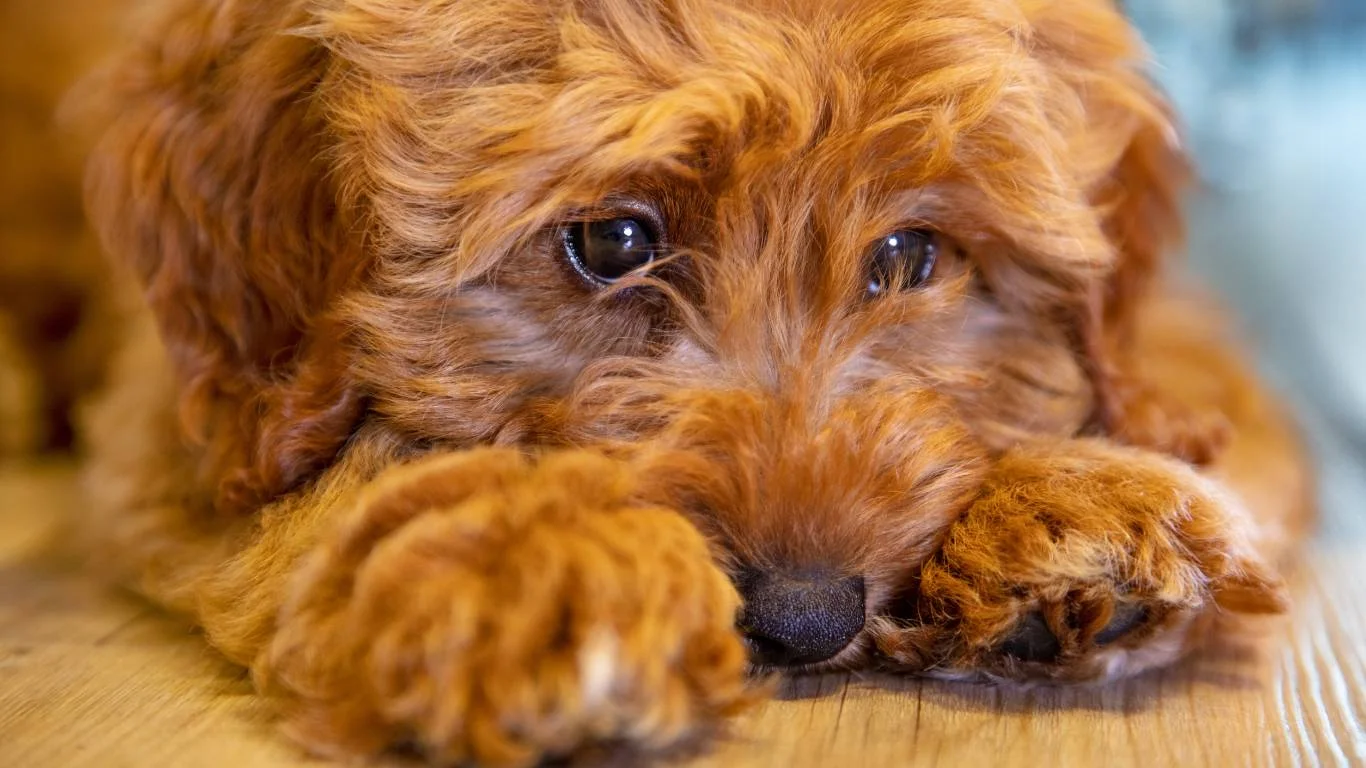
This one’s a little less common, but worth talking about—what if this isn’t a one-time thing? If your dog’s toenail falls off repeatedly or multiple nails are affected, it might be pointing to something deeper.
In my time as a vet assistant with a nutrition background, I’ve seen nail issues that turned out to be the first signs of underlying medical conditions. And when you start digging into it, nutrition often pops up again as a key player.
Possible causes for repeated nail loss:
- Lupoid Onychodystrophy: A weird autoimmune condition that affects nail beds. Nails may grow brittle, fall off, or become deformed.
- Fungal or bacterial infections: These can cause chronic inflammation and nail loss if untreated.
- Malnutrition: Deficiencies in zinc, biotin, or protein can absolutely mess with nail strength and regrowth.
- Genetic factors: Some breeds are more prone to nail problems (German Shepherds and Rottweilers, for example).
If this is happening more than once, ask your vet about running a full blood panel, possibly doing skin scrapings, or testing for immune issues. Also, this is where a nutrition-focused consult can really help. A diet rich in omega fatty acids, quality animal protein, and nail-supportive micronutrients can do wonders over time.
How to Help Your Dog Feel Comfortable Again
Helping your dog recover isn’t just about cleaning wounds and changing bandages. It’s also about giving them a sense of safety, calm, and trust. Dogs remember how they were treated when they were hurt—it sticks with them, especially if the pain was severe.
One of the things I recommend is making small comfort-based changes at home during recovery:
Comfort tips for recovery:
- Keep them close: Let them rest near you instead of isolating them.
- Provide soft bedding: Especially if they favor one paw now—this relieves pressure.
- Interactive toys: Gentle puzzles or treat toys help distract from the licking obsession.
- Use a calming supplement: Natural options like L-theanine or tryptophan (always vet-approved!) can help anxious pups chill out.
- Keep a routine: Dogs thrive on structure, so don’t shake things up too much during recovery.
It’s not just about fixing the nail—it’s about supporting the whole dog, from nose to tail. That’s where the “care” part of pet care really comes into play.
Let’s Wrap It Up With a Bit of Peace of Mind
If you’ve made it this far, first of all—thank you. This means you care deeply about your dog’s well-being, and honestly, that’s what makes the biggest difference in recovery. A lost toenail can look dramatic, it might freak you out at first (I’ve been there!), but the vast majority of dogs bounce back quickly when they’re given the right care.
Quick action, a watchful eye, proper nutrition, and a little extra love go a long way. And now you know exactly what to do if your dog’s toenail falls off—from first aid to full-on prevention.
Oh, and don’t forget: if something doesn’t feel right, trust your gut and call your vet. You’re your dog’s best advocate. ❤️
References
Disclaimer
This content is for informational purposes only and does not substitute professional veterinary advice, diagnosis, or treatment. Always consult your veterinarian for guidance specific to your pet’s health and well-being.
